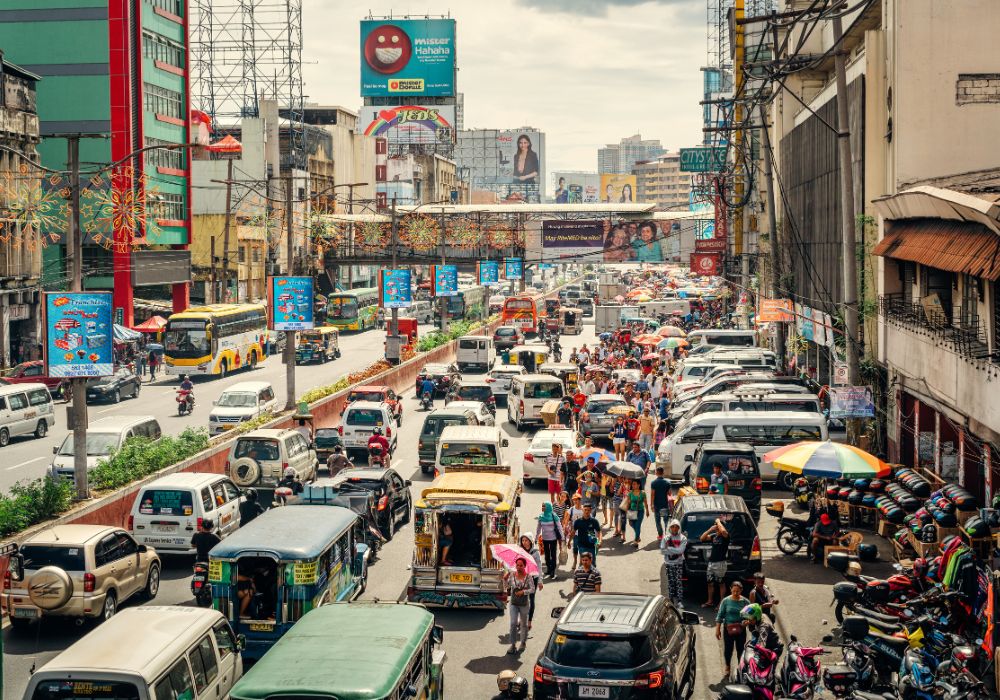Metro Manila’s traffic congestion is a well-known challenge that residents and visitors alike contend with daily. The bustling capital region of the Philippines, with its dense population and rapid urbanization, grapples with a complex web of road networks, limited infrastructure, and a growing number of vehicles.
One primary cause of Metro Manila’s traffic is the sheer volume of vehicles on its roads. With a population exceeding 12 million people and millions more commuting to the city for work and other activities, the demand for transportation surpasses the capacity of existing roads and public transit systems. This imbalance leads to gridlock, especially during peak hours when commuters flood the streets.
Additionally, the lack of efficient public transportation options exacerbates the problem. While the metro rail systems, such as the MRT and LRT, provide a backbone for commuting, they are often overcrowded and prone to breakdowns. While widely available, buses, jeepneys, and taxis contribute to traffic congestion due to inefficient routes, frequent stops, and undisciplined driving practices.
Infrastructure deficiencies further compound the issue. Metro Manila’s road network struggles to accommodate the growing number of vehicles, leading to bottlenecks at major intersections and thoroughfares. Poor road conditions, inadequate signage, and a lack of pedestrian facilities also contribute to the chaos on the streets.
The impact of traffic congestion extends beyond inconvenience; it also has significant economic and environmental consequences. Lost productivity due to time spent stuck in traffic costs businesses millions of pesos each year. Moreover, idling vehicle emissions contribute to air pollution and exacerbate respiratory problems among residents.
Efforts to address Metro Manila’s traffic woes have been ongoing, with various government initiatives to improve infrastructure, expand public transportation, and implement traffic management schemes. These include the construction of new roads and bridges, the introduction of bus rapid transit systems, and the implementation of coding schemes to regulate vehicle usage.
However, solving Metro Manila’s traffic congestion requires a multi-faceted approach that addresses infrastructure and transportation systems, urban planning, land use management, and public behavior. By investing in sustainable transportation solutions, promoting alternative modes of travel, and implementing stricter enforcement of traffic regulations, Metro Manila can work towards easing its traffic woes and creating a more livable and vibrant city for its residents and visitors alike.




